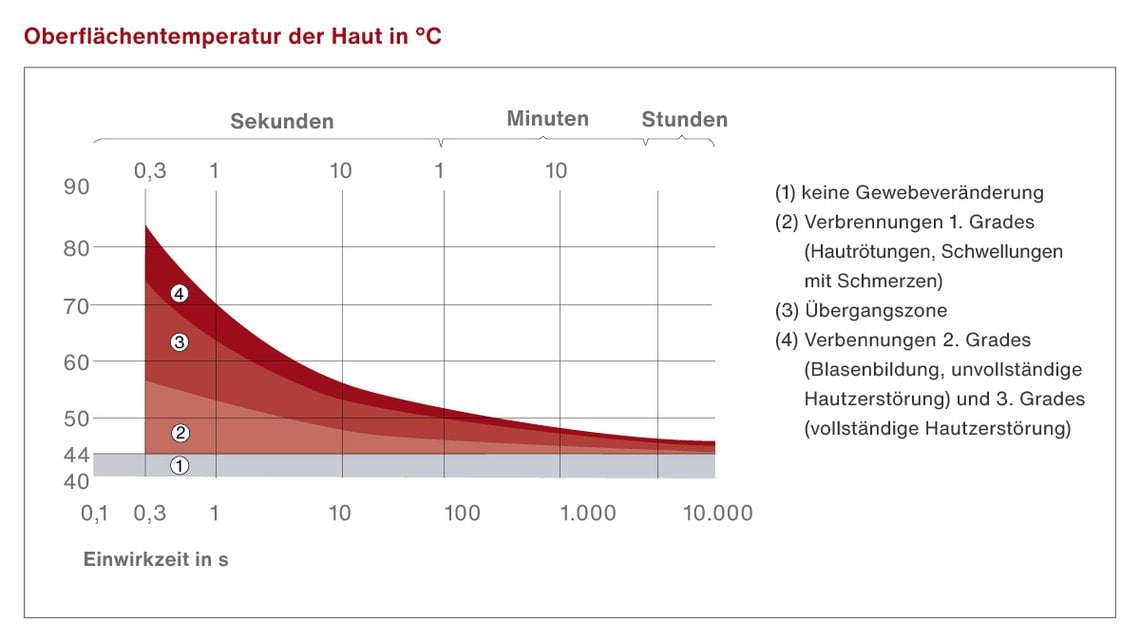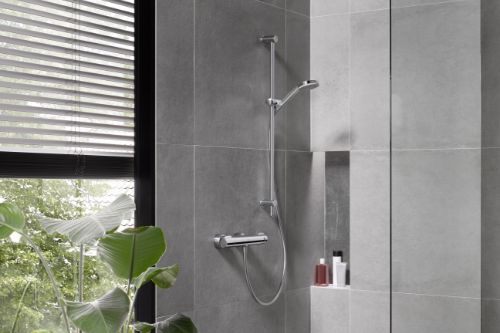Anti-scalding protection in public sanitary facilities: standards, legal duties and solutions
The risks associated with hot water are often underestimated, even though skin damage is possible even at relatively low temperatures. Very high temperatures can cause severe scald injuries in vulnerable individuals, with fatalities possible in extreme cases. To prevent accidents, especially in schools, day nurseries, care homes or hospitals, reliable anti-scalding protection is therefore essential. This is addressed by DIN EN 806-2, section 9.3.2. Even though standards must be agreed separately as binding and are therefore only guidelines, providing anti-scalding protection on these premises is certainly part of the building operator’s public safety obligations. This article summarises the most relevant facts while also providing details of the technical codes and legislation covering anti-scalding protection in public sanitary facilities.
Why is anti-scalding protection so important?
In drinking water installations, hot water needs to be at around 60 °C, so as to avoid the rapid spread of Legionella and therefore maintain the drinking water quality. Keeping water at such a high temperature also presents a serious risk of injury, however. Apart from scalding and damage to the skin itself, contact with hot water can also result in secondary injuries – such as a bad fall caused by someone trying to avoid the hazard. Such injuries are particularly likely while showering. Anti-scalding protection – from thermostatic fittings or bath mixers with temperature limitation, for example – guards against these dangers.
Key standards and codes on anti-scalding protection
Scald injuries are mentioned in the following standards and codes of practice:
- DIN EN 806-2 (‘Technical rules for drinking water installations – Part 2: Planning’, section 9.3.2) states that systems for heated potable water must be designed“to minimise the risk of scald injuries.”
- The standard continues as follows:“At tapping points where special consideration must be given to draw-off temperatures – such as in hospitals, schools, residential homes, etc. – thermostatic mixing valves or bath mixers with an upper temperature limit should be installed to avoid the risk of scald injuries. A maximum temperature of 43 °C is recommended. For shower installations, etc. in kindergartens and in certain areas of care homes, steps should be taken to ensure that the temperature cannot exceed 38 °C.”
Anti-scalding protection is also mentioned in
- DVGW W551 section 5.5.1: “Only draw-off taps with individual locks should be used and anti-scalding protection provided as necessary.”
- DIN 1988-200 (‘Codes of practice for workplaces’, ASR A 4.1 ‘Sanitary facilities’) also states:“Only draw-off taps with individual locks are to be used and anti-scalding protection provided as necessary.”
All of these codes can be seen to prioritise risk minimisation. Wording such as ‘should’, ‘is recommended’ and ‘as necessary’ testifies to the normative and non-binding character of these codes of practice. Nor do these technical codes prescribe any specific methods for providing anti-scalding protection. Whether this is to be achieved by structural arrangements (thermostats or mechanical limitation) or by other safety precautions (self-contained sanitary facilities, assistance from specialised personnel or care staff) is not further specified.
Anti-scalding protection and public safety obligations
Although the standards cited above are only advisory in nature, operators of drinking water installations and sanitary facilities on public premises still have a basic duty to comply with public safety obligations. A central component of German civil law, public safety addresses the need to prevent harm to third parties from potential hazards that arise in relation to a thing or an area: those responsible for the latter must therefore prevent such harm wherever possible. If building operators do not fulfil their duties here, a party injured as a result may claim compensation. Accordingly, operators of a drinking water installation or sanitary facility must also take suitable steps to avoid any injury to patrons as a result of excessively hot water.
Duties for planners and operators of drinking water installations
Service contracts will include provisions requiring fit-out planners and installation firms to plan and install a drinking water system so it is free of defects and safe to use. Corresponding duties for planners should be considered in the context of the planning standards given in VDI 6023, 4.2 and DIN 1988-200, section 8.3. Unless a particular quality has been specified for the system in the contract, the system must be suitable for the usage as envisaged in the contract or the customary intended use and exemplify the ‘generally recognised codes of practice’. In a nutshell, this means that, in the absence of an explicit mention of anti-scalding protection – such as in the tender specifications or the building specifications – this protection only needs to be provided if prescribed by law, regulations or accepted codes of practice. Accordingly, building operators, planners and tradespersons must make sure they are familiar with the technical codes and their specific requirements for anti-scalding protection.
The planned facility may be used by individuals who are unable to protect themselves from hot water hazards. In this case, planners must act in line with their public safety obligations and advise the client or later building operator of the need for anti-scalding protection, and recommend the necessary structural or operational measures. The final implementation of anti-scalding protection as a public safety measure is ultimately the choice of the building operator. Keeping detailed minutes of meetings between planners and building operators is recommended: in the event of a claim for compensation, these minutes provide evidence that the fit-out planner properly advised the client of the need for anti-scalding protection.
Reliable water testing despite anti-scalding protection
When testing for Legionella spp., mixed water should not be used as a sample, because this will make it impossible to assign a positive test to PWH or PWC. However, mixed water is also present at an outlet after a mechanical or thermostatic anti-scalding protection device. This is always the case, whether or not the anti-scalding protection is provided as a separate component (angle valve thermostat) or integrated into the sanitary fitting. The anti-scalding protection therefore needs to be deactivated to obtain accurate results from testing. For reasons of time and liability, however, a sampling technician is unlikely to agree to this work – especially as it often requires the use of a manufacturer-specific tool. A sampling valve should therefore always be installed in the direction of flow before the anti-scalding protection.
Summary: despite patchy regulation, anti-scalding protection is a must
Technical codes clearly state that steps must be taken to prevent scald injuries for specific types of buildings and certain groups of facility users. However, the codes do not provide details of this anti-scalding protection mechanism or measure. Furthermore, many of these codes are normative and therefore only of an advisory nature. Standardised regulations apply only in the case of a few German Länder and specific facilities. Yet all building operators are bound by public safety obligations: this general legal principle also includes ensuring the safety of sanitary facilities and the drinking water installation in a building. One of these safety measures is anti-scalding protection. Structural safety precautions are especially advisable and recommended in facilities that are used by vulnerable groups of people. Fittings with thermostatic controls and mechanical limiting of the maximum draw-off temperature are ideal in this context. This helps care staff in their day-to-day work and effectively reduces the risk of serious injury. SCHELL offers a wide range of products equipped with reliable anti-scalding protection, and which are especially designed to meet the needs of vulnerable individuals like children, seniors and those receiving care.

![[Translate to English:] [Translate to English:]](/fileadmin/_processed_/1/b/csm_symstemloesungen_e2_thumb_6bca267f26.jpg)

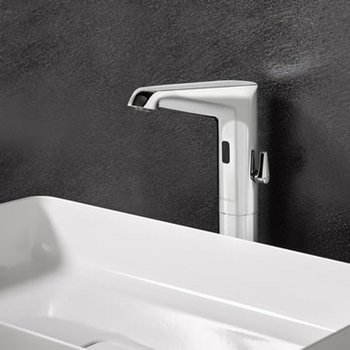
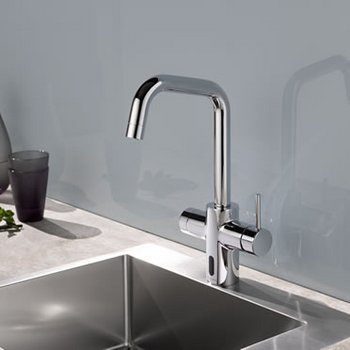
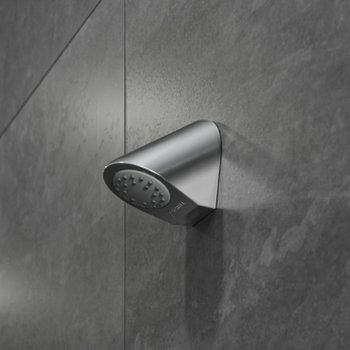
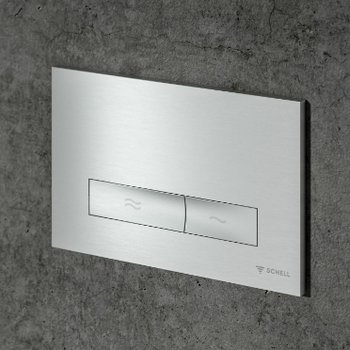
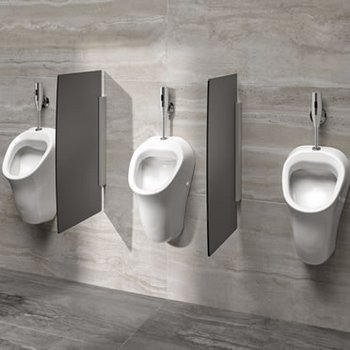
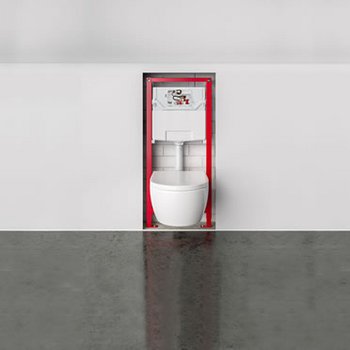
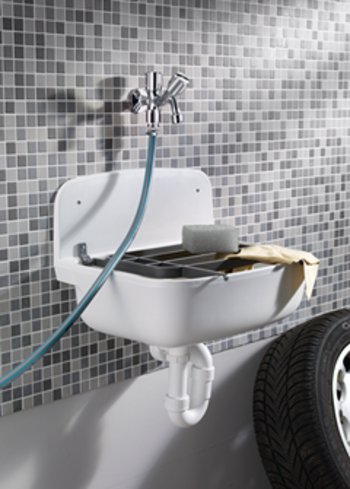
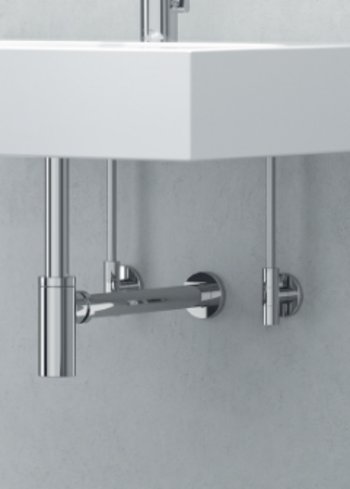
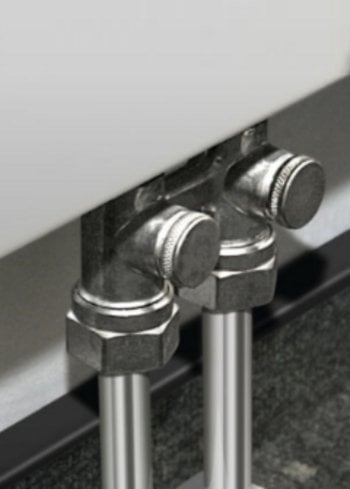
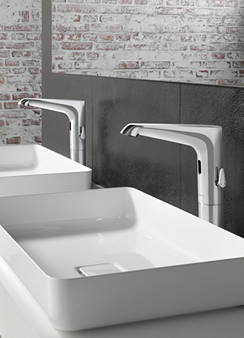
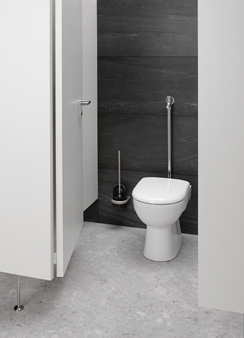


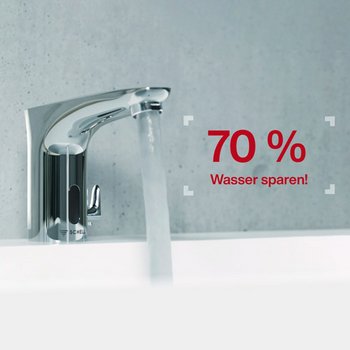
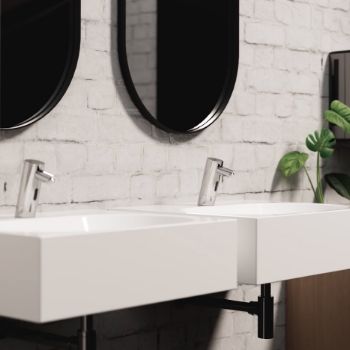

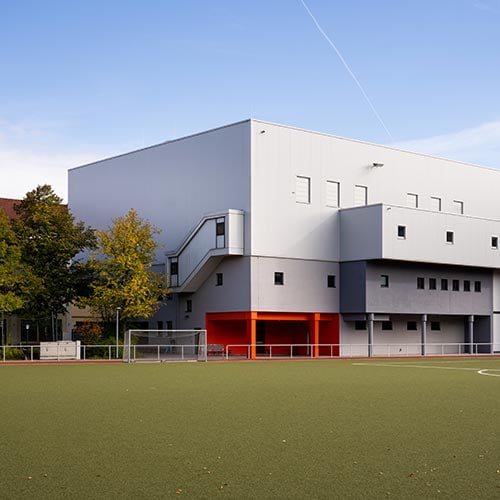
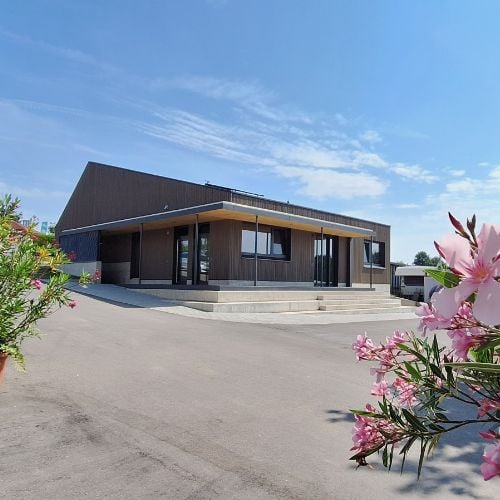

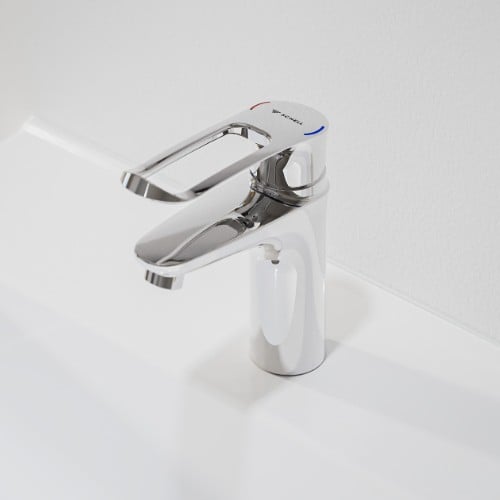
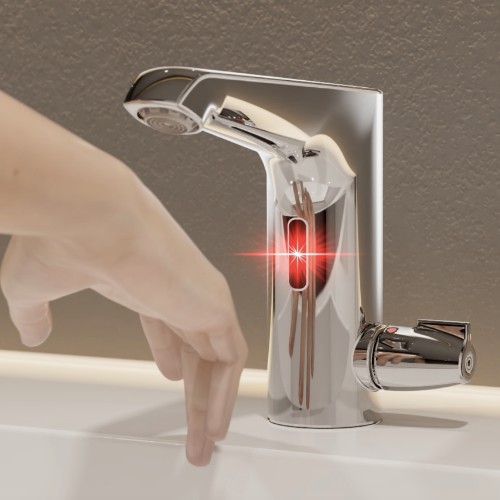

![[Translate to English:] [Translate to English:]](/fileadmin/user_upload/images/menu/menu_service_downloads_broschueren.jpg)
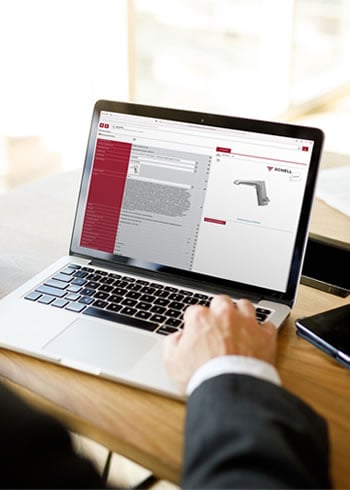



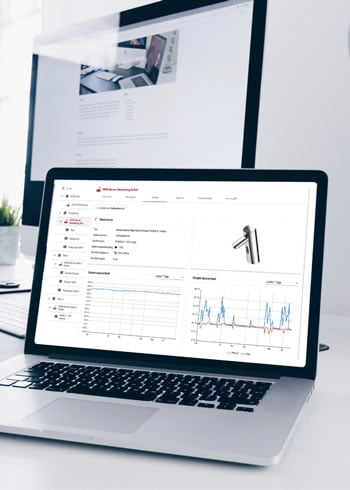


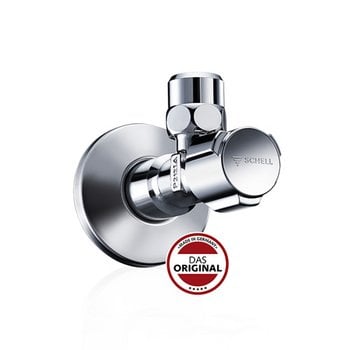
![[Translate to English:] [Translate to English:]](/fileadmin/_processed_/7/7/csm_menu_unternehmen_ueber-schell_awards_f6cec25b1d.jpg)
![[Translate to English:] [Translate to English:]](/fileadmin/_processed_/a/0/csm_menu_unternehmen_ueber-schell_wasser-sparen_41036d2dd9.jpg)






